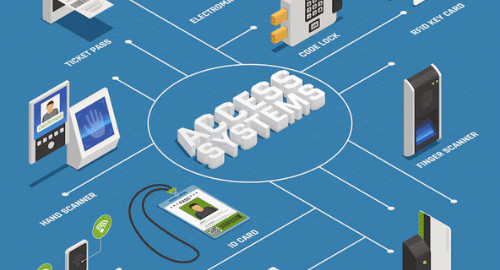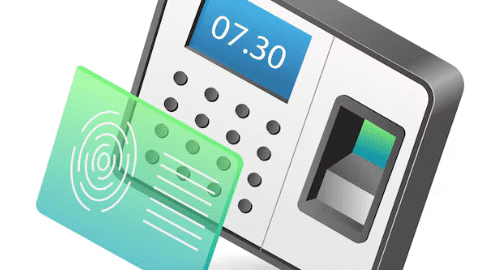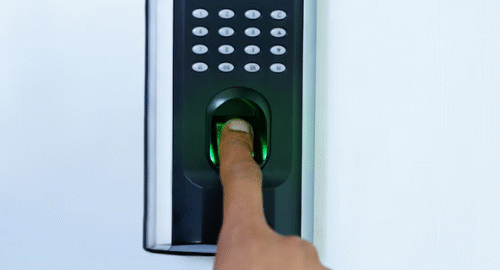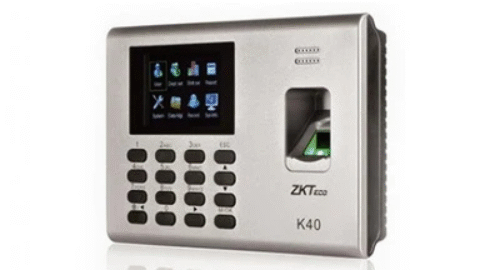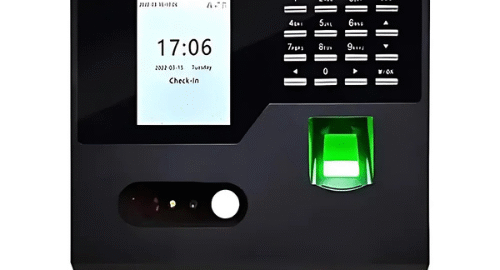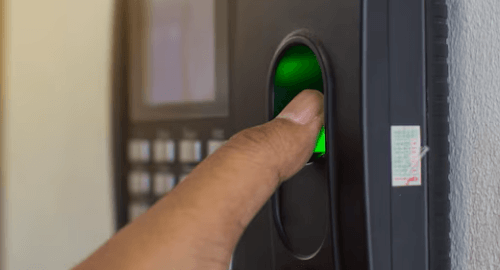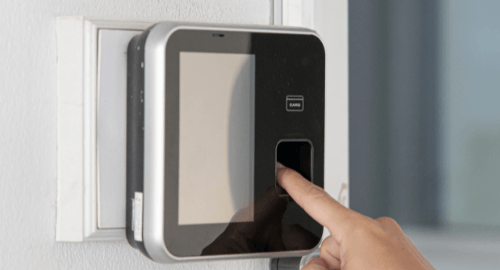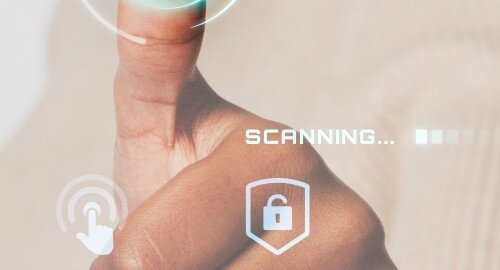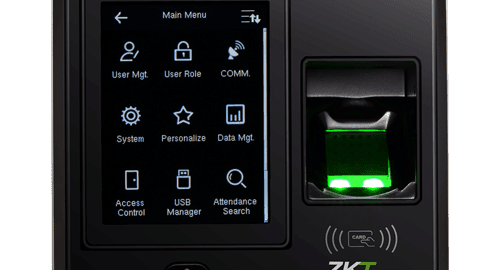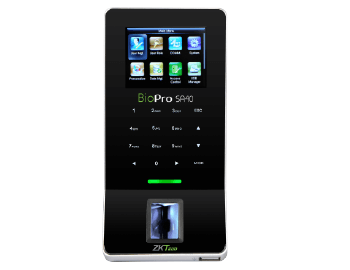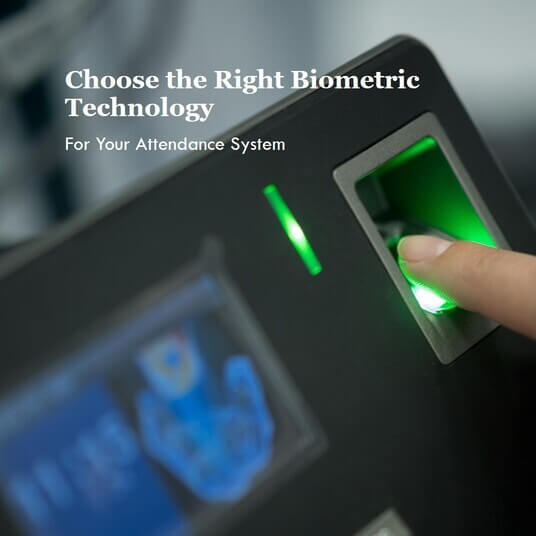
Implementing biometric technologies for attendance systems has grown in popularity in today’s corporate environment. By offering a safe, effective, and dependable way to track workers’ attendance, biometric technologies dramatically lower fraud and time theft. Selecting the appropriate biometric technology, however, necessitates a close examination of the available possibilities and a determination of the particular requirements of your firm. Explore the many biometric technologies in this article, which also provides advice on which one is best for your attendance system.
Understanding Biometric Technologies
Biometric technologies use a person’s distinctive biological traits to identify or confirm their identity. The following are the most common types found in attendance records:
Fingerprint Recognition: The most widely used biometric technology, fingerprint recognition, captures an individual’s fingerprint pattern. It is reasonably priced and provides a decent mix of convenience and security.
Face Recognition: This technology uses an individual’s face traits to identify them. Because it’s contactless, it’s hygienic and appropriate for clean surroundings.
Iris Recognition: Acknowledged for its elevated security, this technology examines the distinct patterns within each person’s colored eye circle. It is employed in high-security places and is incredibly accurate.
Factors to Consider When Choosing Biometric Technology
Selecting the right biometric technology for your attendance system involves considering several critical factors:
Security Requirements: Determine the degree of protection your company needs. Compared to fingerprint or facial recognition, iris and vein recognition technologies provide higher security levels and are less prone to duplication.
Environmental Conditions: The biometric system’s performance can be greatly impacted by the surroundings in which it is employed. It may be necessary to use contactless technologies, such as facial or vein recognition, in dusty or rough conditions.
User Acceptance: Take into account how at ease staff members are using the selected biometric technology. Some people may feel that particular technologies are intrusive or have cultural concerns. For implementation to be effective, it is essential to guarantee employee acceptability and comfort.
Scalability: The technology you select needs to be scalable in order to support the expansion of your company. Adding extra users should be simple and come with no major cost or upgrade issues.
Cost: During the decision-making process, financial limitations are a major factor. Generally speaking, fingerprint recognition systems are less expensive than iris or vein recognition systems. Nonetheless, the initial investment in more sophisticated technologies might be justified by the long-term advantages and decreased fraud.
Integration Capabilities: To guarantee a smooth workflow and reliable data management, the biometric system should link smoothly with your current payroll and HR systems.
Real-World Application Considerations
When implementing a biometric attendance system, practical considerations must also be taken into account:
Privacy Concerns: Take care of any privacy concerns and make sure that biometric data is in conformity with all applicable local laws and regulations.
Backup Systems: Provide an alternate method for recording attendance in the event of technological difficulties or for those whose biometric information is inaccurately obtained.
Hygiene: To reduce health concerns, particularly in the post-pandemic era, choose contactless biometric technologies such as facial or vein identification.
Conclusion
Selecting the best biometric technology for your attendance system requires careful consideration of a number of variables, such as integration capabilities, cost, scalability, user acceptance, and environmental and security requirements. Organizations can choose a biometric technology that not only improves security and efficiency but also complies with their operational requirements and employee expectations by carefully evaluating these criteria and taking into account real-world application needs. The correct biometric technology may greatly aid in the efficient and safe administration of employee attendance, whether it is through the broad use of fingerprint recognition or the hygienic advantages of facial recognition.

